Few sectors have witnessed a metamorphosis as profound as the education sector.
The meteoric rise of EdTech is not merely a testament to the confluence of education and technology; it’s an emblem of a broader shift in the way we conceive learning in the 21st century especially post COVID.
As global investment in EdTech continues to soar, surpassing even the most optimistic forecasts, stakeholders from educators to entrepreneurs, students to policymakers, are paying heed. An expansive number of innovations, from immersive virtual classrooms to AI-driven personalized learning experiences, is redefining the frontiers of pedagogy.
As this market continues its transformative era, it’s essential to delve deeper into the nuances of the market dynamics, the undercurrents driving its momentum, and the potential trajectories it portends for the future of global education.
What is education technology (EdTech)?
Education technology, or EdTech, is a broad term that refers to the use of digital tools and platforms to enhance teaching and learning. From a software-as-a-service (SaaS) perspective, EdTech typically involves the development and delivery of cloud-based applications that enable educators to create and manage content, track student progress, and engage with learners in a variety of ways.
The EdTech industry has experienced rapid growth in recent years, driven by increasing demand for digital learning solutions and the growing availability of high-speed internet access in schools and homes.
One of the key drivers of this growth is the increasing adoption of cloud-based learning management systems (LMS) and virtual learning environments (VLE) in K-12 and higher education institutions. These platforms enable educators to deliver personalized learning experiences to students, track their progress and engagement, and collaborate with other teachers and students in real-time.
Another major trend in the EdTech industry is the rise of adaptive learning technologies, which use machine learning algorithms to analyze student performance data and provide personalized feedback and recommendations for further study. This approach has been shown to improve student outcomes and retention rates, and is expected to continue to gain traction in the coming years.
How can technology be used to enhance education?
Technology can be used to enhance education in a variety of ways, from personalized learning and adaptive assessments to collaborative online platforms and immersive virtual environments. From a software-as-a-service (SaaS) perspective, EdTech platforms and tools can enable educators to create and deliver engaging, interactive learning experiences that help students achieve their learning goals.
According to a report by HolonIQ, the global EdTech market is projected to grow at a compound annual growth rate (CAGR) of 18.3% between 2020 and 2025, reaching a total value of $404 billion by the end of the forecast period. This growth is being driven by increasing demand for online and hybrid learning solutions, as well as advancements in artificial intelligence (AI), virtual reality (VR), and other emerging technologies.
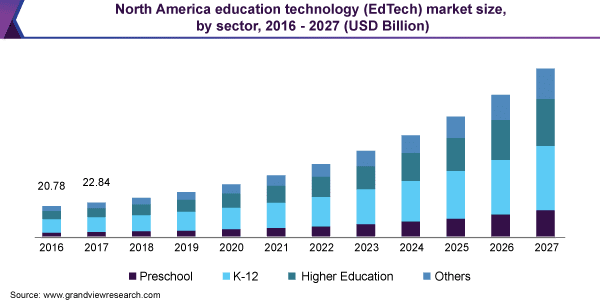
Technology can enhance education through personalized learning. EdTech platforms and tools can analyze student data and provide tailored content and activities that are aligned with their individual learning styles and abilities. This approach has been shown to improve student outcomes and engagement, with studies indicating that personalized learning can result in a 30% increase in student achievement.
Adaptive assessments are additionally growing in popularity across the industry. EdTech platforms can use AI and machine learning algorithms to analyze student performance data and provide targeted feedback and recommendations for further study. This approach can help educators identify areas where students need additional support and adjust their teaching strategies accordingly.
Developing EdTech has the potential to transform education by enabling educators to create more engaging, personalized learning experiences that help students achieve their full potential. As the EdTech industry continues to grow and evolve, we can expect to see more innovative solutions that leverage emerging technologies to enhance teaching and learning.
What are the benefits of using EdTech in the classroom?
As technology continues to advance, more and more industries are adopting SaaS solutions to streamline their processes and improve efficiency. The education sector is no exception, and the use of EdTech has become increasingly popular in classrooms worldwide.
One of the main advantages of using EdTech in the classroom is that it provides teachers with a powerful set of tools to personalize the learning experience for each student. With SaaS solutions like Learning Management Systems (LMS), teachers can easily create and assign personalized assignments based on each student’s unique learning needs. This not only increases student engagement but also ensures that every student is getting the support they need to succeed.
Another benefit of using EdTech in the classroom is that it enables teachers to track student progress and provide timely feedback. SaaS solutions like gradebooks and assessment tools allow teachers to easily record and analyze student performance, identify areas where students are struggling, and provide targeted feedback. This not only helps students improve their academic performance but also enables teachers to make data-driven decisions to improve their teaching strategies.
EdTech also allows for more collaborative learning experiences in the classroom. SaaS solutions like video conferencing and virtual whiteboards enable students to work together on group projects, even if they are in different locations. This encourages teamwork and communication skills, which are essential for success in today’s workforce.
Another key advantage of using EdTech in the classroom is that it can make learning more accessible for all students. SaaS solutions like online textbooks and multimedia content can be accessed from anywhere with an internet connection, allowing students who may have difficulty attending traditional classes to participate in their own time and at their own pace. This helps to level the playing field for students who may face barriers to learning due to physical, financial, or other constraints.
EdTech can help to reduce costs and improve efficiency in the classroom. SaaS solutions like online testing and grading can save teachers time and effort, while also reducing the need for paper-based resources. This not only reduces costs but also has a positive impact on the environment, as it reduces the amount of paper waste generated by traditional classroom practices.
What are some popular EdTech tools and platforms?
EdTech tools and platforms have become increasingly popular in recent years as more and more educators realize the benefits they can bring to the classroom. With so many options available, it can be difficult to know where to start.
Learning Management Systems (LMS)
LMS platforms like Canvas, Schoology, and Blackboard are used by schools and universities worldwide to manage course content, track student progress, and facilitate communication between teachers and students.
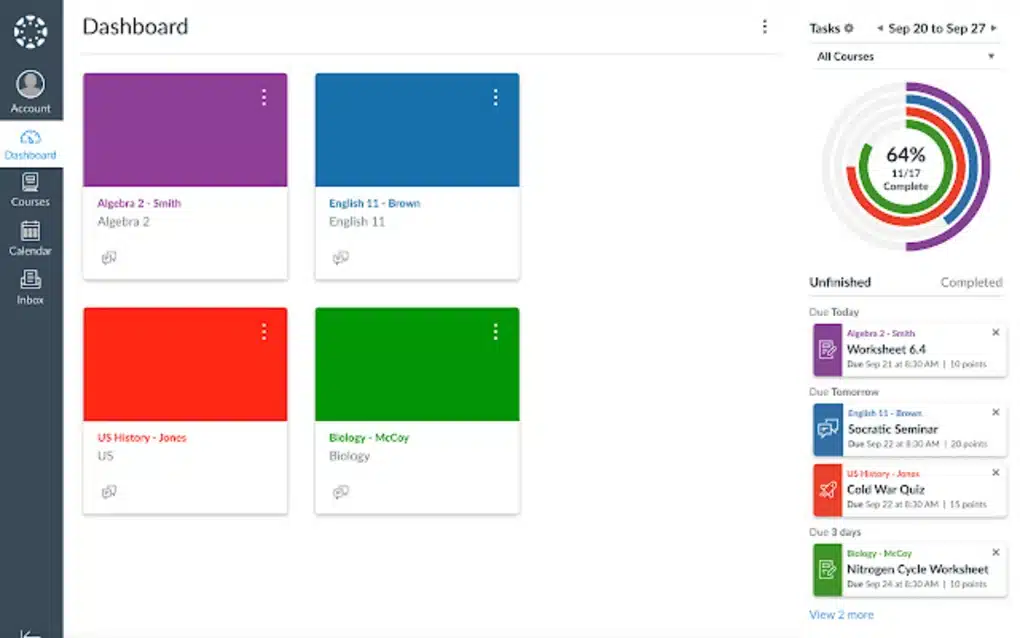
Assessment Tools
Assessment tools like Kahoot!, Quizlet, and Google Forms allow teachers to create and administer quizzes and tests online, making grading and feedback faster and more efficient.
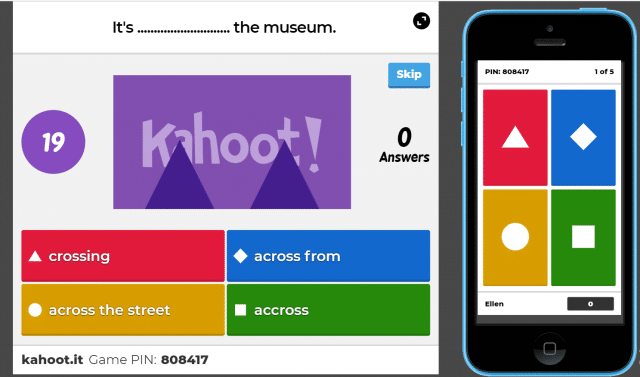
Virtual Learning Environments
Virtual learning environments like Moodle and Edmodo allow for asynchronous learning by providing a centralized platform for students and teachers to interact outside of traditional classroom settings.
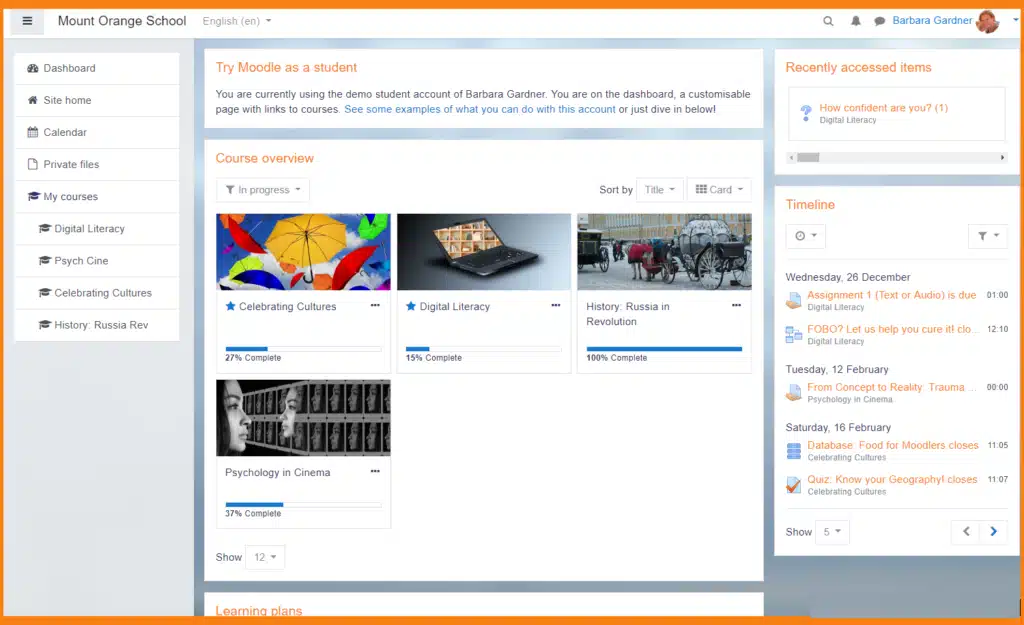
Online Tutoring Platforms
Online tutoring platforms like TutorMe and Chegg connect students with qualified tutors for one-on-one instruction, providing personalized support to help students succeed.
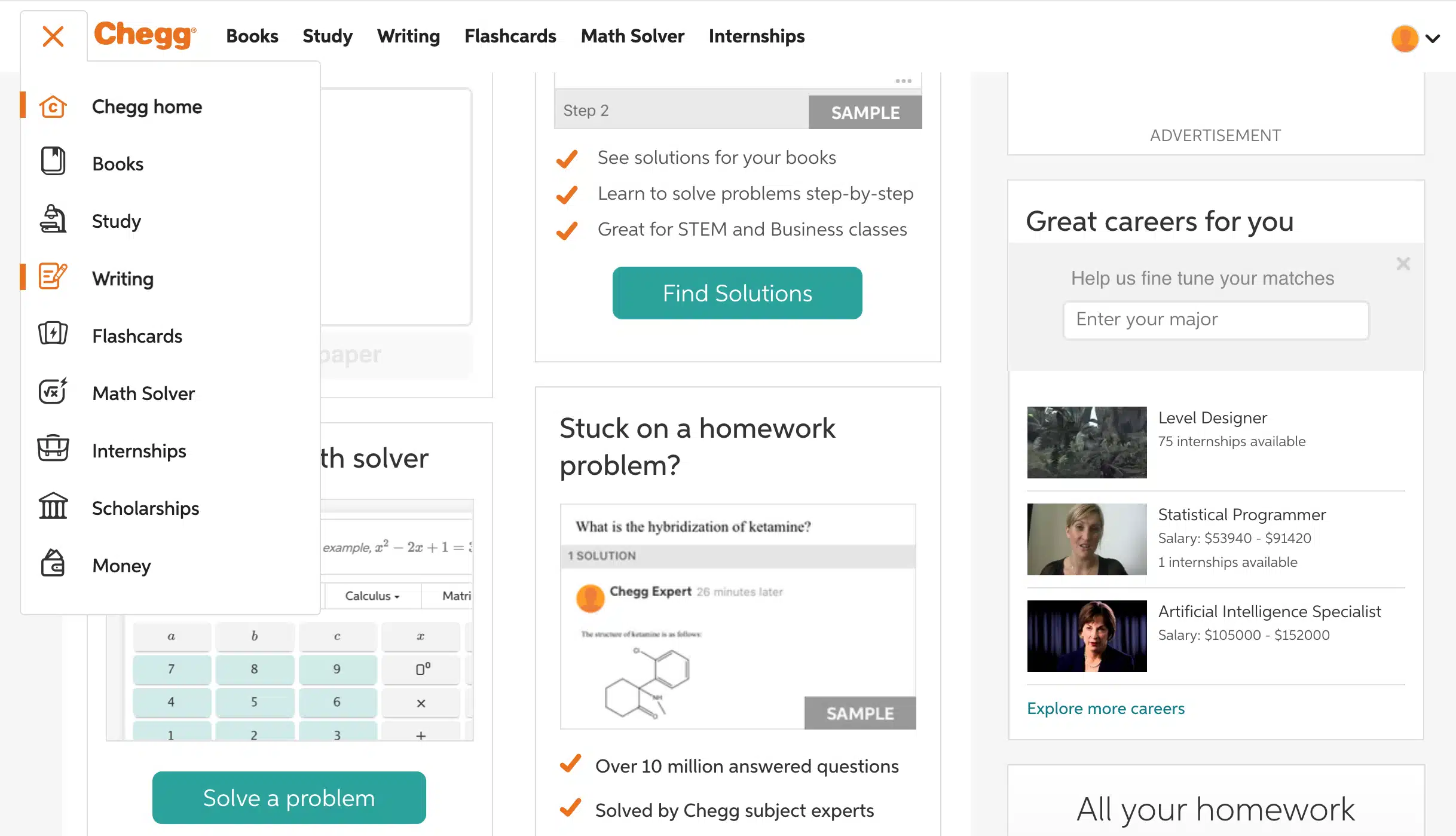
Interactive Whiteboards
Interactive whiteboards like SMART and Promethean allow teachers to create interactive presentations and work collaboratively with students on digital whiteboards.
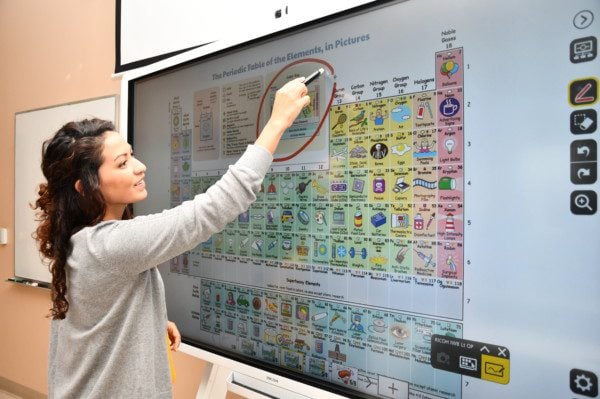
Gamification Tools
Gamification tools like Classcraft and Minecraft Education Edition make learning more engaging by adding game-like elements to educational activities.

Augmented and Virtual Reality
Augmented and virtual reality tools like Google Expeditions and Nearpod VR bring immersive learning experiences to the classroom, allowing students to explore new places and ideas in a more interactive way.
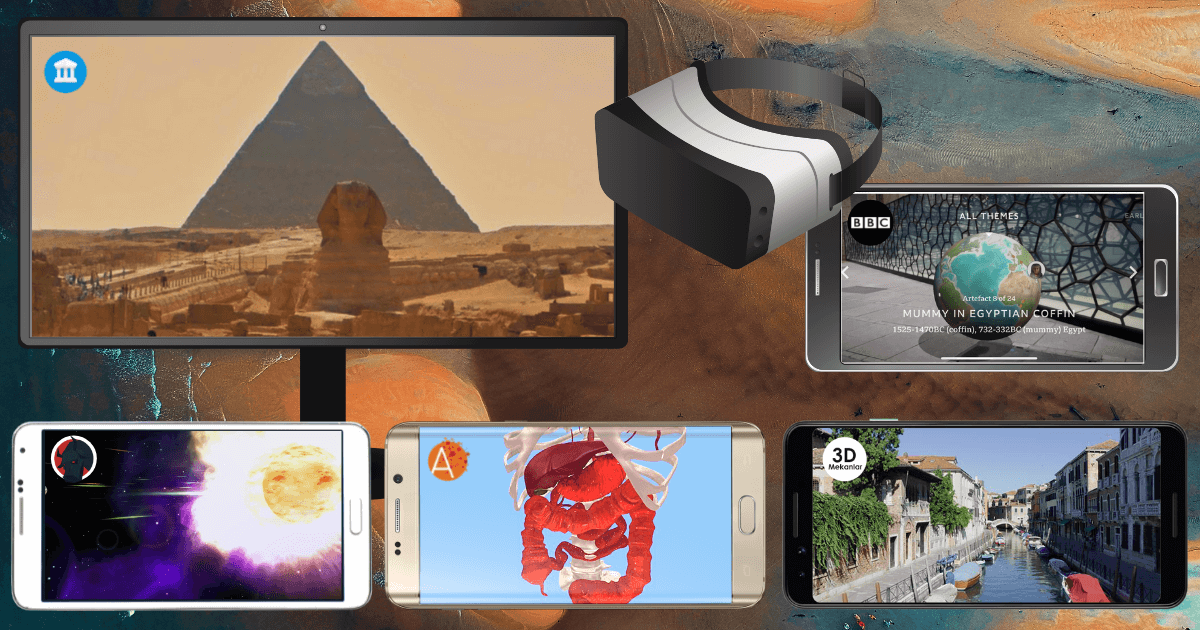
Video Conferencing
Video conferencing platforms like Zoom and Microsoft Teams have become essential tools for remote learning and distance education, allowing teachers and students to communicate and collaborate from anywhere in the world.
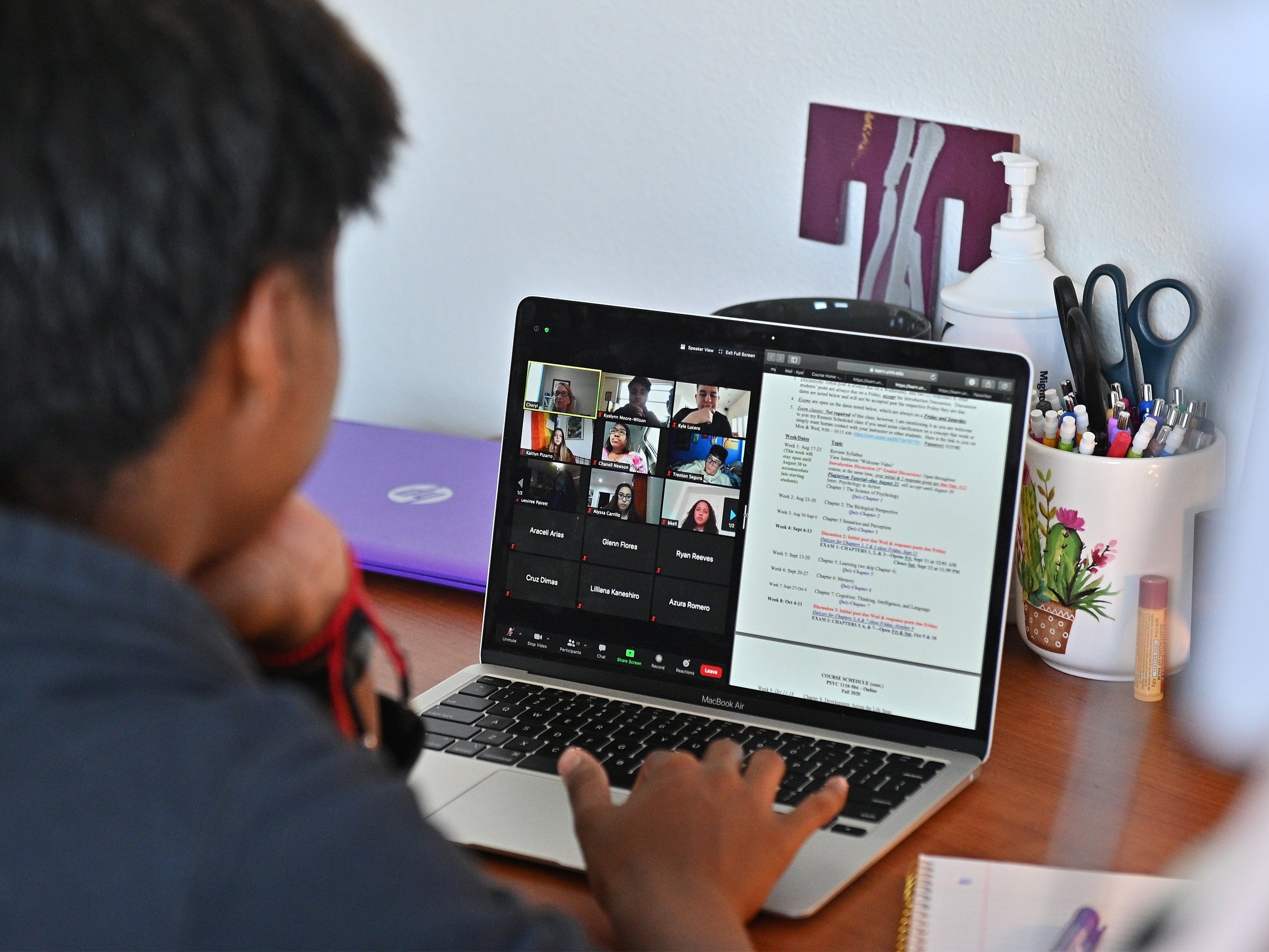
What are the challenges of implementing EdTech in schools?
Implementing EdTech solutions can be a complex process that requires careful planning, investment, and training.
Cost
One of the primary challenges of implementing EdTech solutions is the cost. While many SaaS solutions are designed to be cost-effective and scalable, they still require a significant investment from schools to purchase and maintain the necessary hardware and software.
Infrastructure
Another challenge of implementing EdTech is ensuring that schools have the necessary infrastructure in place to support the technology. This includes reliable internet connectivity, network infrastructure, and hardware compatibility. Without these foundational elements, EdTech solutions may not function as intended, leading to frustration and disengagement among teachers and students.
Training
EdTech solutions often require specialized knowledge and training to use effectively. Teachers and staff need to be trained on how to use the technology properly, including how to troubleshoot issues and integrate it into their existing curriculum. Without proper training, EdTech solutions may not be used to their full potential, leading to lower engagement and adoption rates.
Privacy and Security
SaaS solutions used in EdTech must adhere to strict privacy and security regulations to protect student data. Schools must carefully evaluate the security features of any EdTech solution before implementing it to ensure that student data is protected from unauthorized access or misuse.
Access and Equity
Another challenge of implementing EdTech is ensuring that all students have access to the necessary technology. This can be particularly challenging in schools where students come from diverse socioeconomic backgrounds. Without equitable access to technology, some students may be left behind, leading to unequal educational outcomes.
Integration
EdTech solutions must be integrated seamlessly into existing curricula and teaching practices to be effective. This requires careful planning and coordination between teachers, administrators, and EdTech vendors. Without proper integration, EdTech solutions may disrupt the learning process, leading to lower engagement and adoption rates.
What is the future of EdTech, and what trends are emerging?
Based on SaaS models, EdTech solutions are designed to be scalable, flexible, and easily accessible from anywhere in the world.
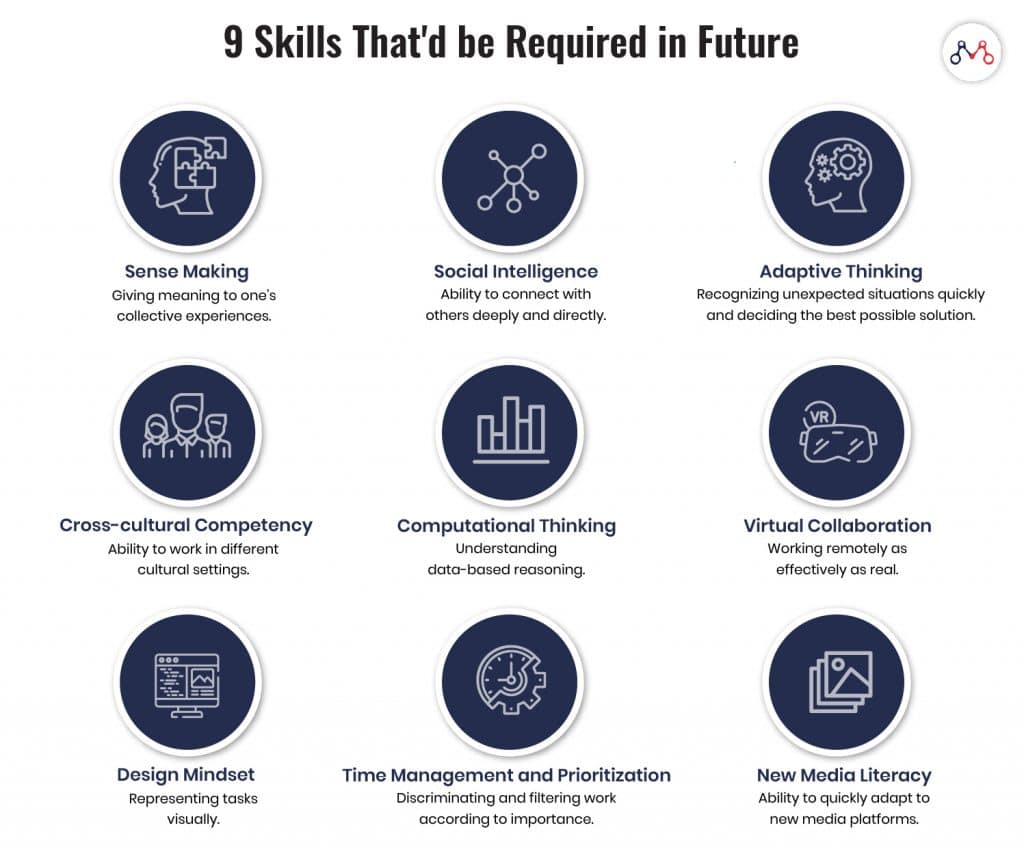
Personalized Learning
One of the most significant trends in EdTech is personalized learning. As EdTech solutions become more sophisticated, they are increasingly able to adapt to the individual needs of students. This includes everything from personalized lesson plans to adaptive testing and assessment. By tailoring the learning experience to the needs of each student, EdTech solutions can help improve engagement and learning outcomes.
Artificial Intelligence (AI)
Another trend in EdTech is the use of AI to enhance the learning experience. AI-powered EdTech solutions can be used to analyze student performance, provide personalized feedback, and even create customized learning experiences based on individual learning styles. As AI technology continues to improve, it has the potential to revolutionize the way that education is delivered and personalized.
Virtual and Augmented Reality (VR/AR)
Virtual and augmented reality technologies are also becoming more prevalent in EdTech. These technologies allow students to explore new places and ideas in a more interactive and immersive way. For example, students can use VR to visit historical sites, explore outer space, or even conduct virtual experiments. As these technologies become more accessible and affordable, they have the potential to transform the way that students learn and engage with the world around them.
Gamification
Gamification is another trend in EdTech that is gaining traction. By incorporating game-like elements into the learning experience, EdTech solutions can make learning more engaging and interactive. For example, students can earn points or badges for completing assignments or reaching learning milestones. This can help motivate students to stay engaged and invested in their learning.
Mobile Learning
Finally, mobile learning is another trend that is emerging in EdTech. With the widespread availability of smartphones and tablets, mobile learning has the potential to make education more accessible and flexible than ever before. Students can access course content and interact with teachers and peers from anywhere in the world, making learning more convenient and personalized.
How can EdTech be used to promote student engagement and motivation?
By leveraging the capabilities of EdTech, teachers can create more interactive and dynamic learning experiences that foster student engagement and motivation.
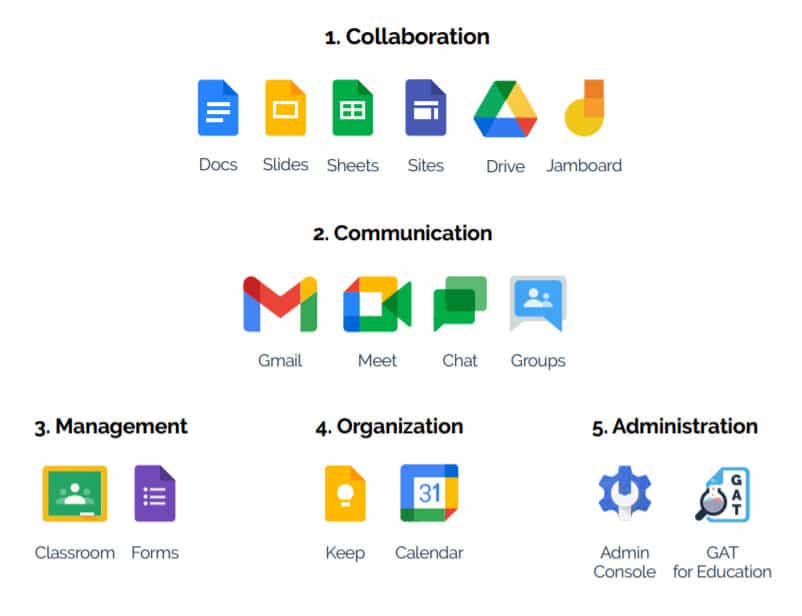
Interactive Content
EdTech platforms can provide students with access to interactive content, such as videos, simulations, and virtual field trips, that can engage them in the learning process. Interactive content can help students develop a deeper understanding of complex concepts by providing them with real-world examples and hands-on experiences. Platforms like Nearpod and Edpuzzle allow teachers to create interactive lessons that can be accessed by students from anywhere, at any time.
Collaborative Learning
EdTech can also promote student engagement and motivation by facilitating collaborative learning. Platforms like Google Workspace , Microsoft Teams, and Slack enable students to collaborate on projects, share ideas, and provide feedback to one another in real-time. Collaborative learning can help students develop important interpersonal skills, such as communication, teamwork, and problem-solving.
Adaptive Learning
Adaptive learning platforms can help personalize the learning experience for each student by tailoring the content, pace, and difficulty of lessons to their individual needs and abilities. Adaptive learning platforms use data and analytics to monitor student progress and provide real-time feedback and guidance. Platforms like ALEKS and IXL Learning can help students build confidence and motivation by allowing them to progress at their own pace and providing them with immediate feedback.
Written by: Tony Zayas, Chief Revenue Officer
In my role as Chief Revenue Officer at Insivia, I am at the forefront of driving transformation and results for SaaS and technology companies. I lead strategic marketing and business development initiatives, helping businesses overcome plateaus and achieve significant growth. My journey has led me to collaborate with leading businesses and apply my knowledge to revolutionize industries.
